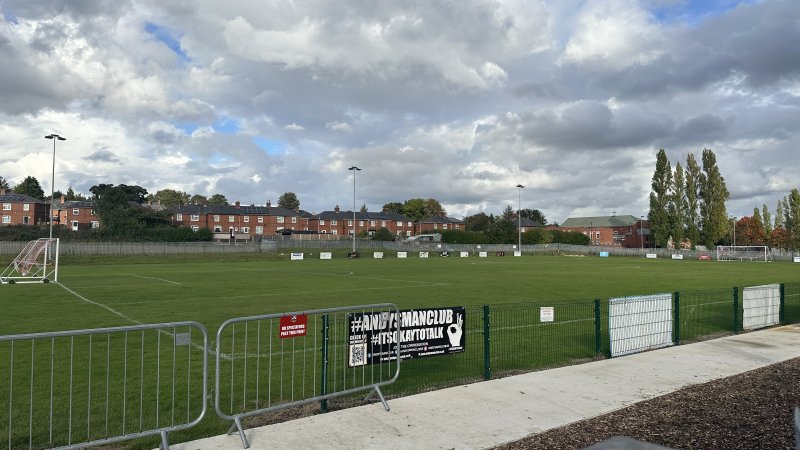PLANS to convert a former colliery building in Silkstone into a new house are set to be approved by the council - despite numerous objections from local residents.
The site is located off Silkstone Lane and has most recently been used as stables with use of the adjacent field for grazing.
Some works have commenced on site which include the clearing of vegetation, planting and erection of a boundary wall and fencing, however these aspects are permitted development and do not require planning permission.
Silkstone Parish Council have objected to the plans.
The report states: “The development is on ‘green belt’ land.
“The application is in conflict with the Neighbourhood Development Plan, particularly in relation to the addition of buildings within community ‘green spaces’.
“The development is in an area of established native and ancient species of flora and fauna as well as populations of birds and mammals.
“This is an under-developed site that has not been used as a colliery lamproom for over 50 years and therefore represents a change of use.
“Development of this site would lead to ‘infill’ and promote further works representing a creeping of residential boundaries into the green belt.
“This is an area of high flood probability which if built upon would increase the likelihood of severe flooding in and around Elmhirst Beck and surrounding areas, including the ancient protected wagonway.
“Access to the site is extremely limited and would cause road safety concerns.”
More than 20 objections have also been made by local residents with their complaints ranging from impact on the wildlife and the plans being unsuitable.
However, at a meeting on Tuesday the plans are set to be pushed through.
The report added: “The proposal is a conversion of an existing building in the green belt with minimal external alterations which is not considered to be detrimental to the openness of the green belt and is therefore not considered as inappropriate development.
“Subject to suitable conditions the proposal is not considered detrimental to highway safety, visual amenity, residential amenity, ecology, trees of drainage.”



























